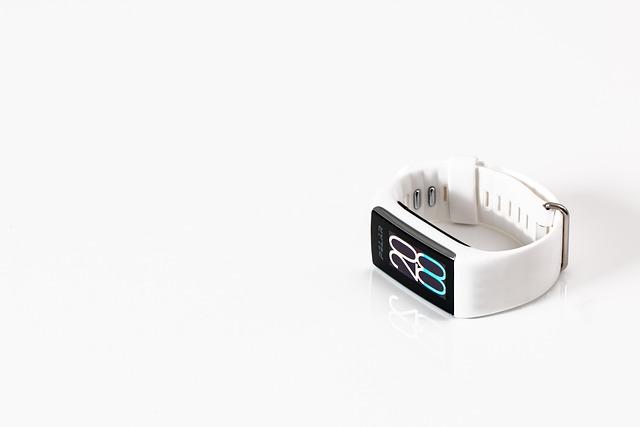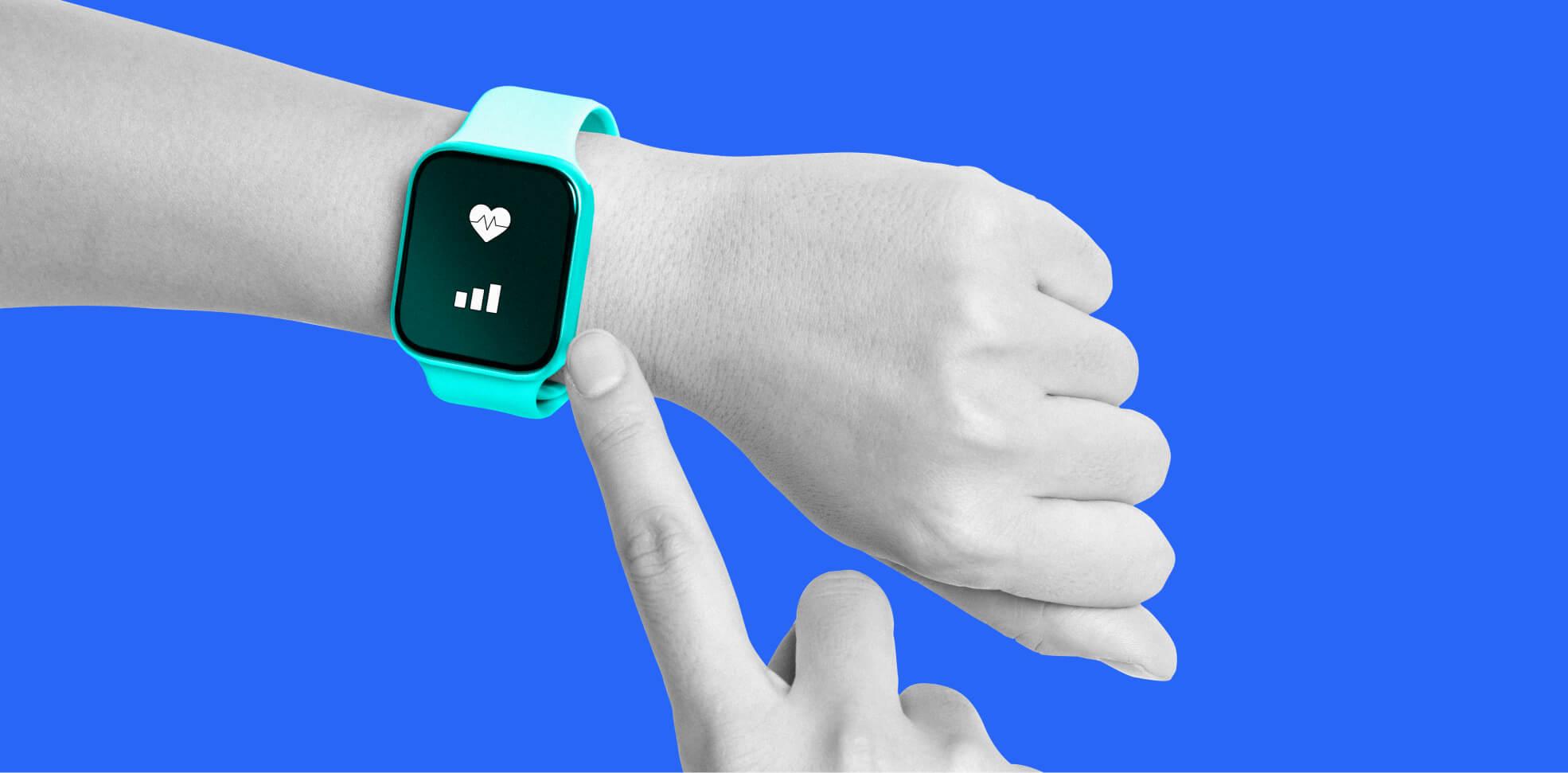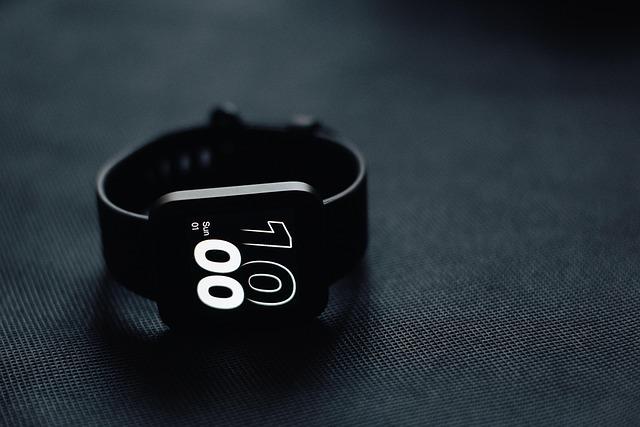In a world where technology intertwines seamlessly with personal health, smart health wearables have emerged as transformative tools for managing chronic diseases. As our understanding of health deepens, so does our reliance on innovative devices that empower individuals to monitor their well-being in real time. From diabetes to heart conditions, these wearables offer an array of metrics—tracking everything from blood glucose levels to heart rate variability. In this article, we delve into an exploration of five top devices that are redefining chronic disease management. We’ll test their features, usability, and effectiveness, addressing the potential they hold not just for patients, but for healthcare providers striving to enhance treatment outcomes. Join us as we uncover how these smart wearables are not only changing lives today, but also paving the way for a healthier tomorrow.
Exploring the Role of Smart Wearables in Chronic Disease Care
As healthcare continues to evolve, smart wearables are emerging as pivotal tools in managing chronic diseases. These devices not only facilitate real-time monitoring but also empower patients by providing actionable insights into their health. For individuals living with conditions such as diabetes, hypertension, or heart disease, wearables can be a game changer, allowing them to track vital statistics like blood sugar levels, heart rate variability, and activity levels. This level of constant monitoring aids in the timely detection of anomalies,which is vital for effective disease management.
Moreover, the integration of smart wearables with mobile health applications helps users personalize their care plans. Patients can set custom alerts for medication and treatment reminders, visualize health trends, and even share data with healthcare providers. The potential benefits include:
- Enhanced dialog with healthcare teams
- Improved adherence to treatment regimens
- Increased autonomy over personal health
As we delve into the capabilities of various smart devices, we begin to understand their impact on lifestyle modifications and overall health outcomes for chronic disease sufferers.Each technological advancement holds promise,propelling both patients and providers towards more interactive and informed care.

Key Features to Look For in Health Monitoring Devices
When selecting health monitoring devices, it’s essential to consider features that enhance usability and provide accurate data. Look for devices that offer real-time monitoring, as this can be crucial for promptly managing chronic conditions. Additionally, devices equipped with long battery life will allow for consistent tracking without frequent recharging. Integrated mobile app compatibility also plays a key role, enabling users to easily access and analyze their health data on the go. ensure that the device has a user-friendly interface, making it accessible for individuals of all ages and tech-savviness.
Another critically important aspect is the sensor technology behind the device. Opt for wearables that utilize advanced sensors for precise readings,such as heart rate,blood glucose,or oxygen levels.Additionally, consider devices with customizable alerts, which notify users of critical health changes or medication reminders. Moreover, the option for cloud data storage allows users to share details with healthcare providers more efficiently. here’s a simplified table of some essential features to assess:
| Feature | Importance |
|---|---|
| Real-time monitoring | Immediate insights for timely interventions |
| Long Battery Life | Consistency in daily tracking |
| Mobile App Compatibility | Accessibility and data analysis |
| Customizable Alerts | Personalized notifications to enhance management |

comparative Analysis of the Top Five Smart Wearables
The world of smart wearables has seen explosive growth, with devices becoming increasingly crucial for chronic disease management. Each of the top five wearables brings unique features to the table,catering to a variety of health needs. As a notable example, Fitbit Charge 5 excels in its ECG capabilities and stress management tools, making it perfect for individuals managing heart conditions. Meanwhile, Apple Watch Series 8 stands out with its integrated health monitoring functions and seamless connectivity, which allows users to access telehealth services effortlessly.On the othre hand, the Samsung Galaxy Watch 5 offers robust sleep tracking and activity monitoring, making it ideal for patients focusing on overall wellness and lifestyle improvements.
| Wearable | Key Features | Best For |
|---|---|---|
| Fitbit Charge 5 | – ECG, Stress Management | Heart Health |
| Apple Watch Series 8 | – Health Monitoring, Telehealth Access | Convenience |
| Samsung Galaxy Watch 5 | – Sleep Tracking, Activity Monitoring | Overall Wellness |
| Garmin Venu 2 | – Fitness Tracking, Stress Score | Active Lifestyles |
| Oura Ring | – Sleep Insights, Readiness Score | Sleep Betterment |
In addition, the Garmin Venu 2 appeals to fitness enthusiasts with its advanced fitness tracking capabilities, providing comprehensive data on physical activity and even a stress score feature, which can be invaluable for managing anxiety. Conversely,the Oura Ring differentiates itself with its novel design and emphasis on sleep insights,delivering a readiness score that helps users gauge their recovery. Each of these devices offers distinctive advantages, showing that the right smart wearable can transform how individuals manage chronic diseases and promote a healthier lifestyle.

User experiences and Recommendations for Effective Management
Users who have integrated smart health wearables into their chronic disease management routines ofen emphasize the importance of user-friendly interfaces and real-time data tracking. Many recommend choosing devices that sync seamlessly with smartphones to ensure that vital health information is easily accessible at all times. This accessibility enables users to monitor trends in their conditions, facilitate informed conversations with healthcare providers, and manage medications effectively. Notably, those who utilize wearables that provide notifications for irregular vital signs indicate a significantly improved ability to react quickly to potential health challenges.
Along with the technical capabilities of these devices, users also highlight the value of community support systems that accompany these wearables. Many suggest joining online forums and local support groups dedicated to specific chronic conditions, as these platforms can provide valuable insights and personal testimonials about device efficacy. Moreover, feedback frequently enough points to the importance of customization options in wearables; devices that allow users to personalize reminders, alerts, and health goals tend to foster higher engagement and compliance.below is a simple comparison table of common wearables used for chronic disease management:
| Device | Main Features | Best For |
|---|---|---|
| Fitbit Charge 5 | Heart rate tracking, Stress management | General fitness and heart health |
| Apple Watch Series 7 | ECG, Blood Oxygen monitoring | Comprehensive health tracking |
| Garmin Venu Sq | Activity tracking, Body Battery energy monitoring | Active lifestyles and sports |
| Withings ScanWatch | Afib detection, Sleep analysis | Heart health monitoring |
| Samsung Galaxy Watch 4 | Body composition, SpO2 monitoring | General wellness |
The Conclusion
As we navigate the ever-evolving landscape of healthcare, smart health wearables are emerging as vital companions in the journey of chronic disease management. The five devices we’ve tested stand as testament to how technology can empower individuals, offering real-time insights, tailored support, and a deeper understanding of their health.
In a world where traditional healthcare often feels reactive, these wearables promote a proactive approach, enabling users to take control of their well-being with confidence and clarity. While each device has its unique features and strengths, the underlying theme is clear: when equipped with the right tools, patients can actively participate in their health journeys, fostering a more informed and engaged lifestyle.
As technology continues to advance, the potential for these devices to transform chronic disease management further remains limitless. Whether you’re considering a smart health wearable for yourself or a loved one, the future looks promising. Embrace the possibilities,and let these innovations guide you on a path to better health.






